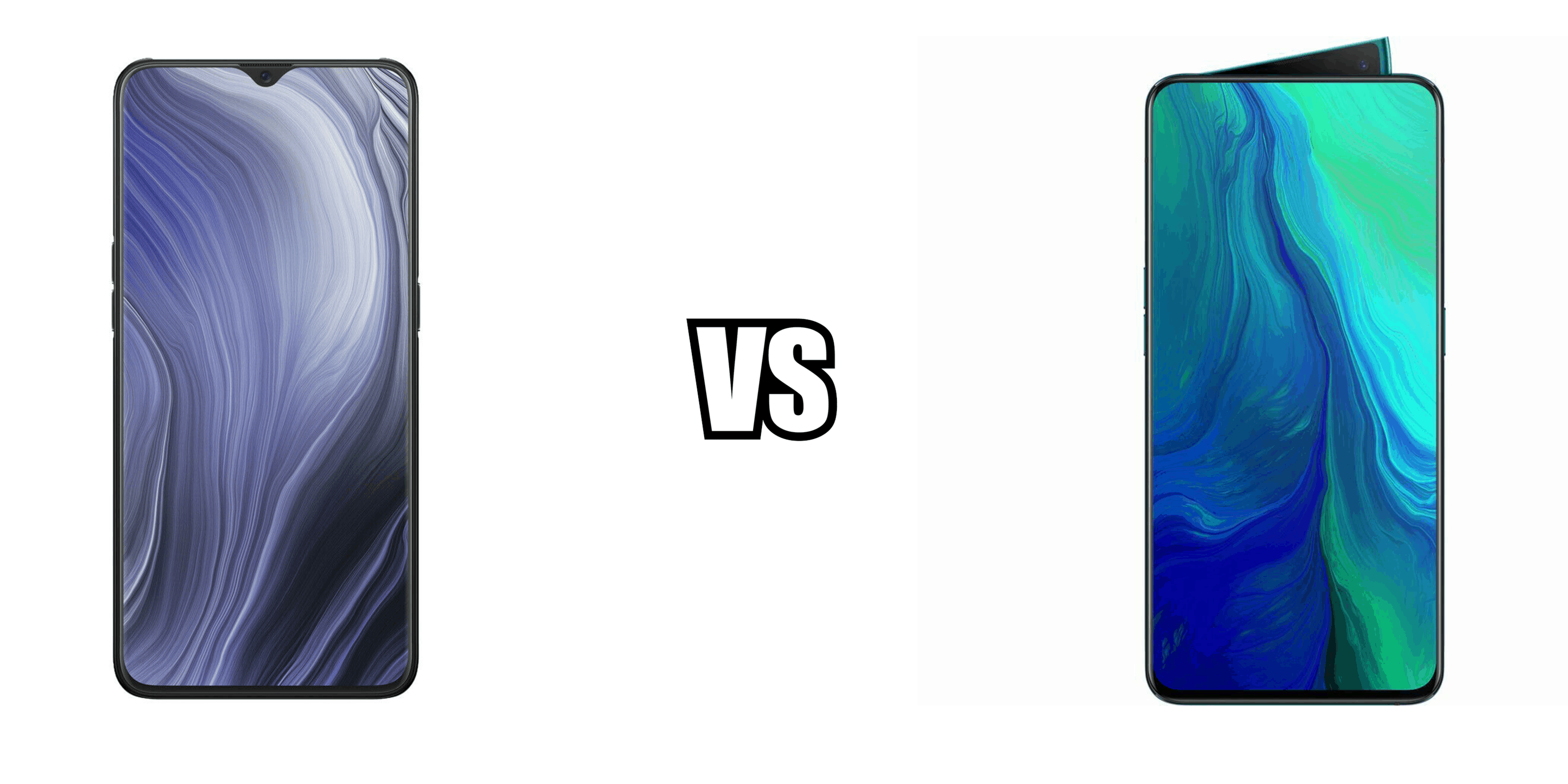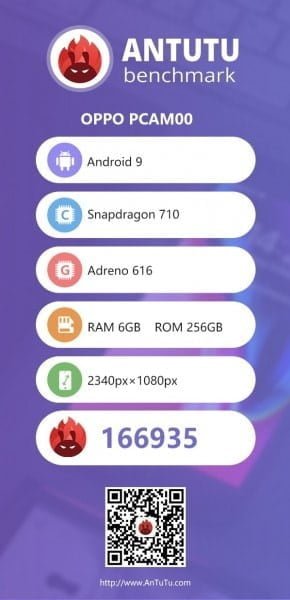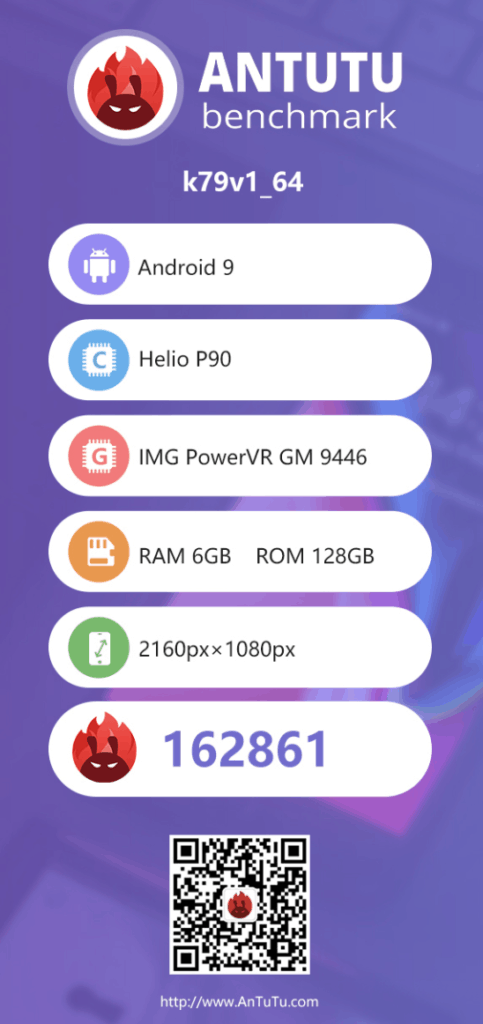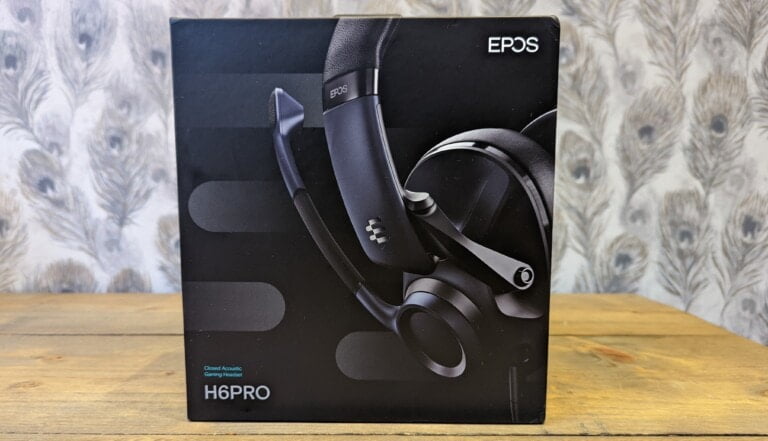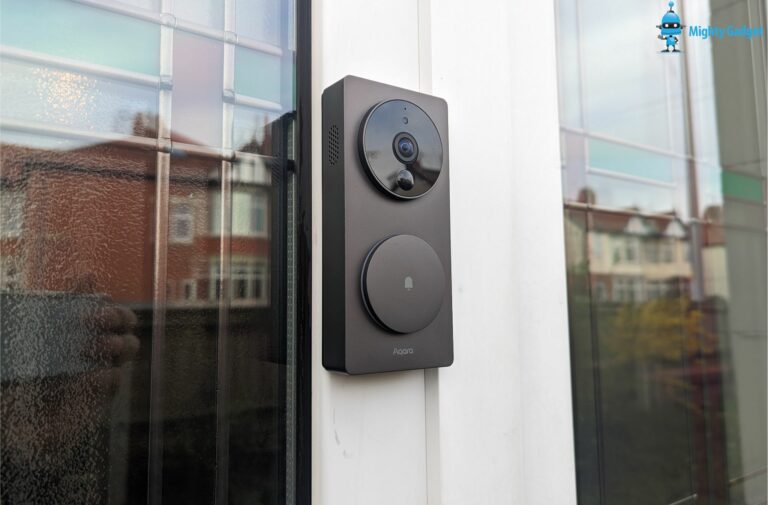Any links to online stores should be assumed to be affiliates. The company or PR agency provides all or most review samples. They have no control over my content, and I provide my honest opinion.
With the OPPO Reno Z launching with the MediaTek Helio P90 it is worth looking to see how it stacks up against Qualcomm’s offerings and how it compares to the more expensive OPPO Reno.
Based on the pricing of the Reno Z and the specification of the chip, the most likely contender is the Qualcomm Snapdragon 710.
The Qualcomm Snapdragon 710 was launched in May 2018 and was aimed toward the Asian market offering premium features and performance but at a lower price point than the flagship chipset, which was the Qualcomm Snapdragon 845 at the time.
It has become quite a popular chipset and you will find OPPO using it in both the normal Reno and the R17 Pro. You will also find it in the Xiaomi Mi 8 SE, Vivo Nex A, Nokia 8.1, Realme 3 Pro and the Realme X. So lots of great phones using it.
The MediaTek Helio P90 (MT6779) was launched in December of 2018 and represents the flagship product from MediaTek. They do have the X range but the X30 (MT6799) was launched in 2017. The Helio P90 hasn’t gained quite as much traction compared to the Qualcomm, from what I can find you have two choices, the OPPO Reno Z or the Ulefone T3.
[content-egg module=Amazon template=list]
CPU
Fabricated on TSMC’s 12 nm process, the chip incorporates eight cores – four Cortex-A55 little cores operating at up to 2 GHz and four Cortex-A75 cores operating at up to 2.2 GHz.
The Snapdragon 710 is fabricated on Samsung’s 10nm LPE process and features six Kryo 360 Silver high-efficiency cores operating at 1.7 GHz, which are effectively the same as the Cortex-A55, and then two high-performance Kryo 360 Gold operating at 2.2 GHz which are Cortex-A75.
Theoretically, this should put the two chipsets side by side in performance for CPU related tasks. The main difference is the fabrication process, combining that and Qualcomm’s famous power efficiency, the Snapdragon 710 should outclass the P90 by a significant margin for battery life.
GPU
The P90 incorporates a PowerVR GM 9446 GPU operating at up to 970 MHz.
The Snapdragon 710 integrates the Adreno 616 GPU operation at 500 MHz.
Drawing conclusions from the two GPU specification is harder as the underlying architecture is not quite the same and comparing clocks does not necessarily mean anything in real-life performance.
Chipset Specification Table
| SoC | Helio P90 | Snapdragon 710 |
|---|---|---|
| CPU | 2x Cortex A75 @ 2.2GHz | 2x Kryo 360 (CA75)@ 2.2GHz |
| 6x Cortex A55 @ 2.0GHz | 6x Kryo 360 (CA55)@ 1.7GHz | |
| GPU | PowerVR GM 9446 @ 970MHz | Adreno 616 |
| APU / NPU / AI Proc. / Neural IP | 2x +140GMACs | Qualcomm Hexagon 685 Vector Processor |
| (Tensilica DSP) | Qualcomm Hexagon 685 DSP | |
| Memory | 2x 16bit LPDDR4X @ 1866MHz | 2x 16-bit @ 1866MHz LPDDR4X 14.9GB/s with 1MB system cache |
| ISP/Camera | 1x 48MP or 2x 24+16MP | Spectra 250 ISP Dual:16 MP, MFNR, ZSL, 30 fps Single:25 MP, MFNR, ZSL, 30 fps Single:48 MP, MFNR Single:192 MP |
| Encode/ | 2160p? H.264 & HEVC | 2160p30, 1080p120 H.264 & H.265 |
| Mfc. Process | 12FFC | 11nm LPP |
Benchmarks
With the Reno Z being quite new, there are not many benchmarks available for either the phone or the chipset itself.
The only reference I can find is for an Antutu score of 166935 which is a touch behind the 167500 scores achieved by the OPPO Reno which is a more expensive phone.
Earlier benchmarks for the Helio P90 running on a device with 6GB of RAM achieved a score of 162861.
OPPO Reno Z vs OPPO Reno
| OPPO Reno Z | OPPO Reno | |
|---|---|---|
| Announced | 2019, May | 2019, April |
| Dimensions | 157.3 x 74.9 x 9.1 mm (6.19 x 2.95 x 0.36 in) | 156.6 x 74.3 x 9 mm (6.17 x 2.93 x 0.35 in) |
| Weight | 186 g (6.56 oz) | 185 g (6.53 oz) |
| Build | Front/back glass, plastic frame | |
| SIM | Dual SIM (Nano-SIM, dual stand-by) | Dual SIM (Nano-SIM, dual stand-by) |
| Type | AMOLED capacitive touchscreen, 16M colors | AMOLED capacitive touchscreen, 16M colors |
| Size | 6.4 inches, 100.5 cm2 (~85.3% screen-to-body ratio) | 6.4 inches, 101.0 cm2 (~86.8% screen-to-body ratio) |
| Resolution | 1080 x 2340 pixels, 19.5:9 ratio (~403 ppi density) | 1080 x 2340 pixels, 19.5:9 ratio (~402 ppi density) |
| Protection | Corning Gorilla Glass 6 | |
| HDR10 | DCI-P3 | |
| OS | Android 9.0 (Pie); ColorOS 6 | Android 9.0 (Pie); ColorOS 6 |
| Chipset | Mediatek MT6779 Helio P90 (12 nm) | Qualcomm SDM710 Snapdragon 710 (10 nm) |
| CPU | Octa-core (2x2.2 GHz Cortex-A75 & 6x2.0 GHz Cortex-A55) | Octa-core (2x2.2 GHz Kryo 360 Gold & 6x1.7 GHz Kryo 360 Silver) |
| GPU | PowerVR GM9446 | Adreno 616 |
| Card slot | No | No |
| Internal | 128/256 GB, 6 GB RAM or 128 GB, 8 GB RAM | 256 GB, 6/8 GB RAM or 128 GB, 6 GB RAM |
| Rear Camera | 48 MP, f/1.7, 26mm (wide), 1/2.0", 0.8µm, PDAF | 48 MP, f/1.7, 26mm (wide), 1/2.0", 0.8µm, PDAF |
| 5 MP, f/2.4, depth sensor | 5 MP, f/2.4, depth sensor | |
| Features | Dual-LED flash, HDR, panorama | Dual-LED flash, HDR, panorama |
| Video | 2160p@30fps, 1080p@30/60/120fps, gyro-EIS | 2160p@30fps, 1080p@30/60/120fps, gyro-EIS |
| Front Camera | 32 MP, f/2.0 | Motorized pop-up 16 MP, f/2.0, 26mm (wide) |
| Features | HDR | HDR |
| Video | 1080p@30fps | 1080p@30fps |
| Loudspeaker | Yes | Yes |
| 3.5mm jack | Yes | Yes |
| Active noise cancellation with dedicated mic | Active noise cancellation with dedicated mic | |
| 24-bit/192kHz audio | 24-bit/192kHz audio | |
| Dolby Atmos sound | ||
| WLAN | Wi-Fi 802.11 a/b/g/n/ac, dual-band, Wi-Fi Direct, hotspot | Wi-Fi 802.11 a/b/g/n/ac, dual-band, Wi-Fi Direct, hotspot |
| Bluetooth | 5.0, A2DP, EDR, LE, aptX HD | 5.0, A2DP, EDR, LE, aptX HD |
| GPS | Yes, with A-GPS, GLONASS, GALILEO, BDS | Yes, with A-GPS, GLONASS, GALILEO, BDS |
| NFC | Yes | Yes |
| Infrared port | No | No |
| Radio | No | No |
| USB | Type-C 1.0 reversible connector, USB On-The-Go | Type-C 1.0 reversible connector, USB On-The-Go |
| Sensors | Fingerprint (under display), accelerometer, gyro, proximity, compass | Fingerprint (under display), accelerometer, gyro, proximity, compass |
| Battery | Non-removable Li-Po 4035 mAh battery | Non-removable Li-Po 3765 mAh battery |
| Charging | Fast battery charging 20W (VOOC 3.0) | Fast battery charging 20W (VOOC Flash Charge) |
| Colors | Star Purple, Extreme Night Black, Coral Orange, Bead White | Ocean Green, Jet Black, Nebula Purple, Pink Mist, Coral Orange, Inspiration Edition |
| Price | 299 | 379 |
Pricing
The Reno Z is launching in the UK for £299 whereas the normal Oppo Reno costs £80 more at £379.00.
The specification of the two phones is almost identical apart from the chipset, which both performs almost identically and then that shark fin pop up. Due to the pop-up, the two phones have different selfie cameras, the Reno Z uses a 32 MP f/2.0 camera, while the more expensive Reno uses a 16 MP, f/2.0, 26mm wide camera.
So if you can live without the pop up you are looking at saving £80 for effectively the same phone.
[content-egg module=Amazon template=list]
I am James, a UK-based tech enthusiast and the Editor and Owner of Mighty Gadget, which I’ve proudly run since 2007. Passionate about all things technology, my expertise spans from computers and networking to mobile, wearables, and smart home devices.
As a fitness fanatic who loves running and cycling, I also have a keen interest in fitness-related technology, and I take every opportunity to cover this niche on my blog. My diverse interests allow me to bring a unique perspective to tech blogging, merging lifestyle, fitness, and the latest tech trends.
In my academic pursuits, I earned a BSc in Information Systems Design from UCLAN, before advancing my learning with a Master’s Degree in Computing. This advanced study also included Cisco CCNA accreditation, further demonstrating my commitment to understanding and staying ahead of the technology curve.
I’m proud to share that Vuelio has consistently ranked Mighty Gadget as one of the top technology blogs in the UK. With my dedication to technology and drive to share my insights, I aim to continue providing my readers with engaging and informative content.

